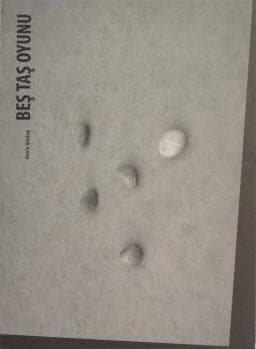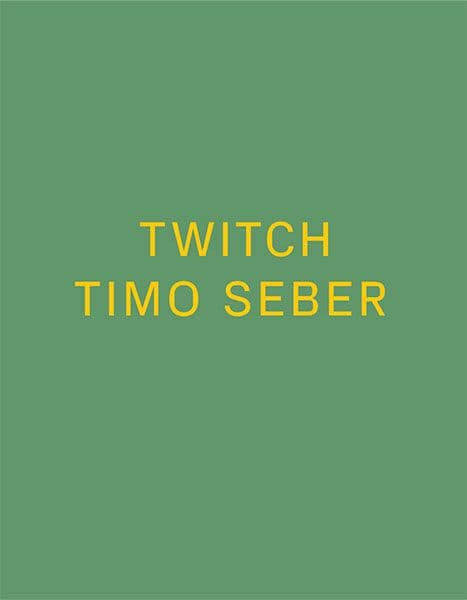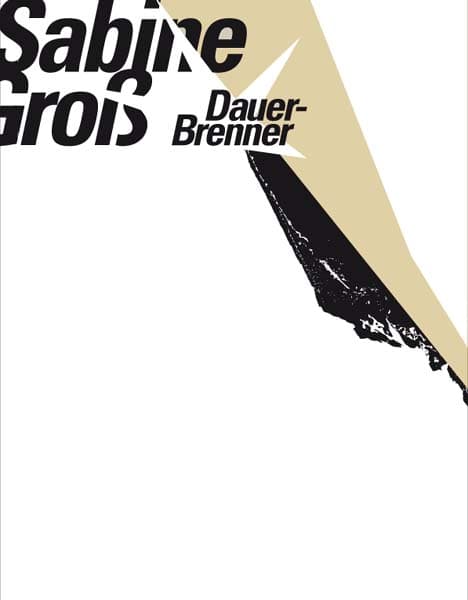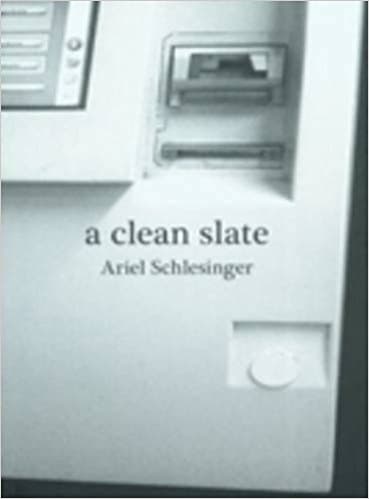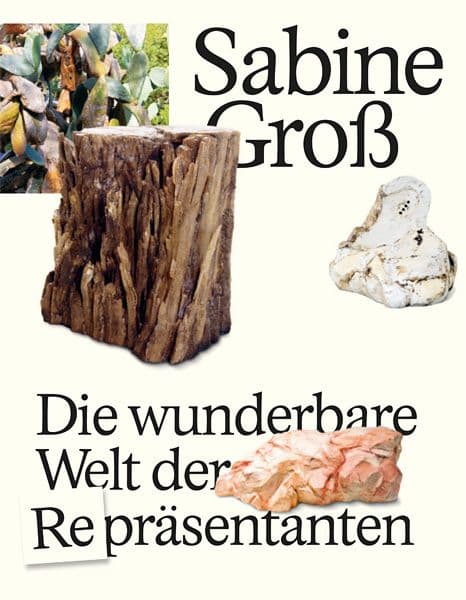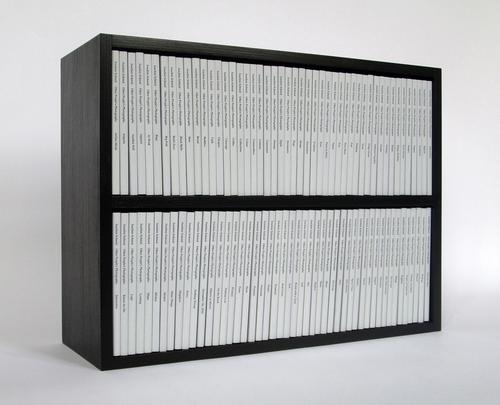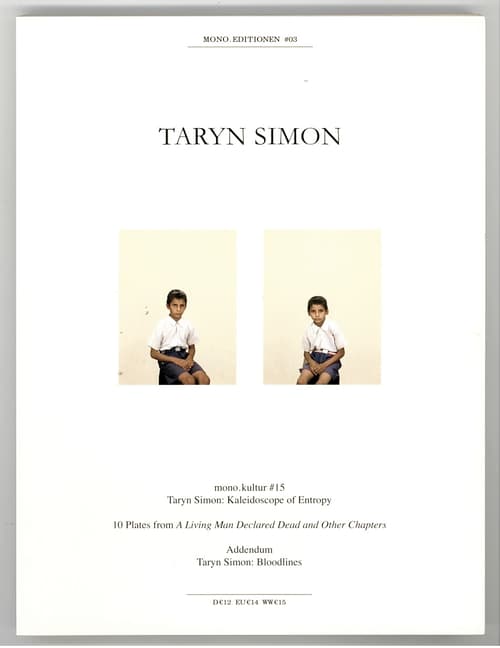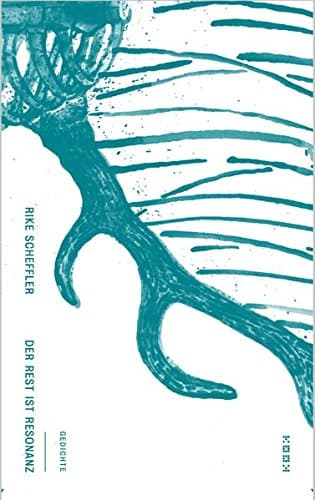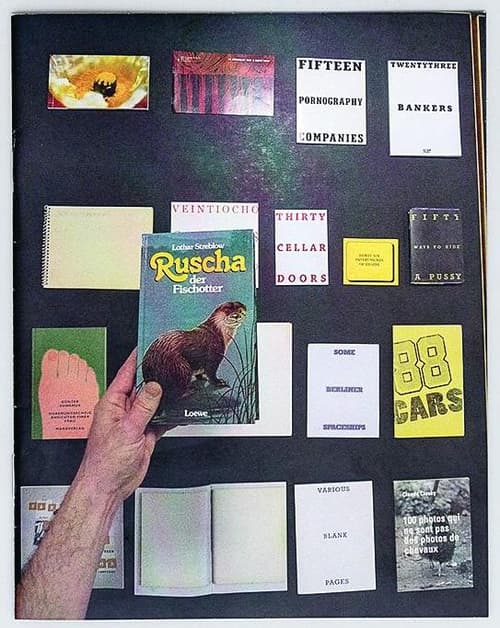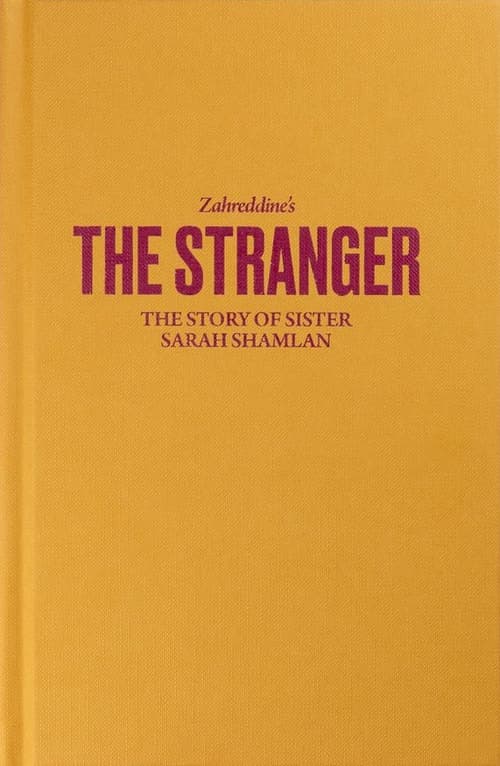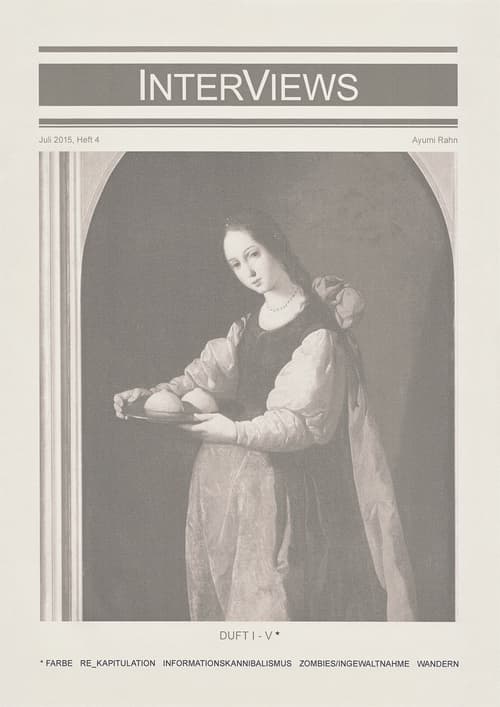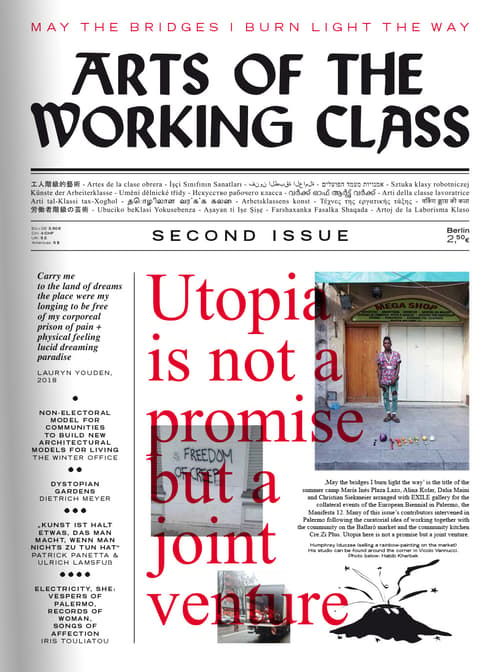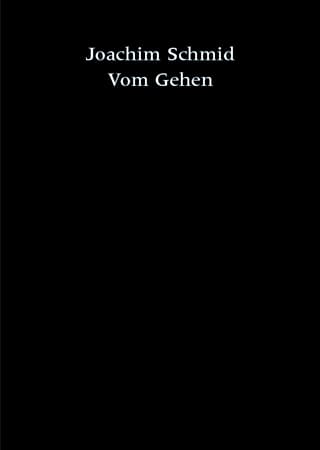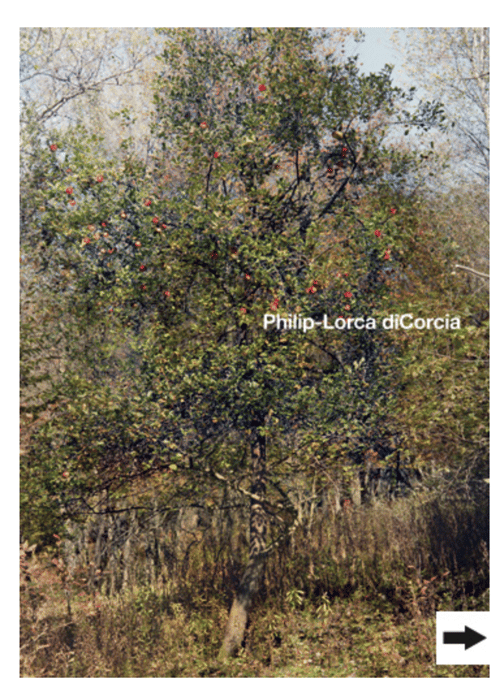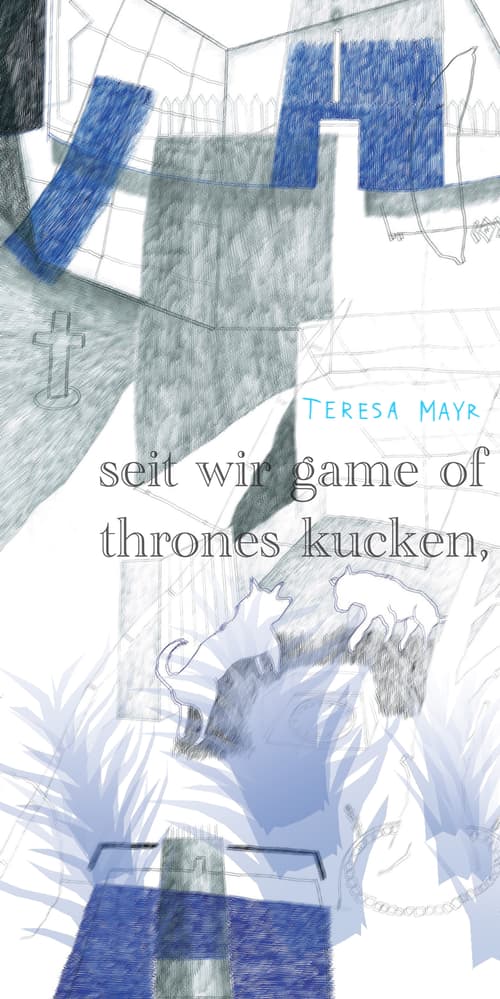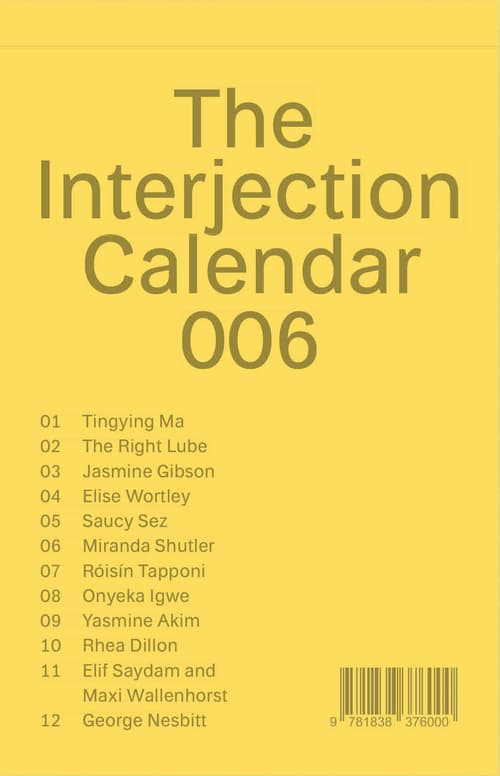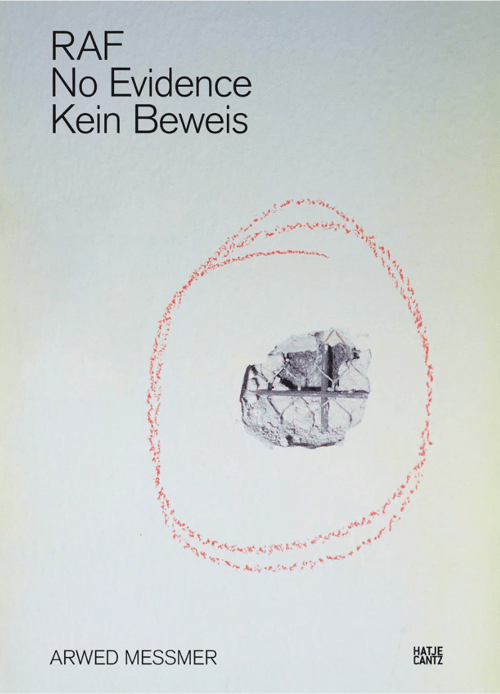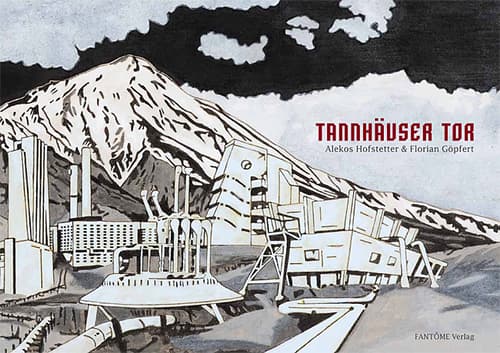Publisher Note english german
From the series Art & Theory of Künstlerhäuser Worpswede, Vol. 16
"Bes tas is a dexterity game that probably originated in Central Asia and is said to be at least 2000 years old. We were taught this catching game by our mother who still plays it with considerable skill, as is illustrated in this images. Each player collects five small stones. These are spread out on the ground or arranged in a particular figure. While one stone is thrown into the air, a determined number of stones must be grabbed from the ground with the throwing hand. The stone thrown into the air must then be caught again. There are approximately ten levels of difficulty. The player, who gathers the most stones wins. ((Nevin Aladag)
„Bes Tas ist ein Geschicklichkeitsspiel, das wahrscheinlich aus Zentralasien stammt und mindestens 2000 Jahre alt sein soll. Uns wurde dieses Fangspiel von unserer Mutter beigebracht, die es immer noch mit beträchtlichem Geschick spielt, wie in diesen Bildern gezeigt wird. Jeder Spieler sammelt fünf kleine Steine. Diese sind auf dem Boden verteilt oder in einer bestimmten Figur angeordnet. Während ein Stein in die Luft geworfen wird, muss eine bestimmte Anzahl von Steinen mit der Wurfhand vom Boden gegriffen werden. Der in die Luft geworfene Stein muss dann wieder gefangen werden. Es gibt ungefähr zehn Schwierigkeitsgrade. Der Spieler, der am meisten Steine sammelt, gewinnt. " (Nevin Aladag)
| Publisher | |
|---|---|
| Release Place | Berlin, Germany |
| Release Date | 2009 |
| Credits |
Artist:
|
| Series | Art & Theory of Künstlerhäuser Worpswede, Vol. 16 |
| Identifiers |
ISBN-13:
978-3-941560-31-4
|
| Original Price | 12.00 |
| Object | |
|---|---|
| Format | Softcover |
| Dimensions | 12.0 × 16.0 cm |
| Interior | |
|---|---|
| Pages | 36 |
| Content | b/w images |
